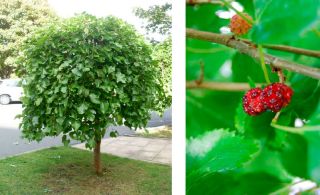Throughout the year and during National Tree week, we learn about some of the beautiful trees that surround our school.
To coincide with our SST50 celebrations in 2013 (1963-2013) the 4th classes did a project on on the trees in the Plásóg and the Millennium Garden beside the church.
Some of these trees are nearly 100 years old. The Sequoia Tree (Redwood) was planted in 1904 when Guendolen Wilkinson who lived in Mt Merrion lodge was born. It is one of the longest living trees in the world.
The Plásóg
The Redwood
- It is the tallest tree in the Plásóg.
- It is an evergreen tree. This means that it doesn’t lose all of its leaves in winter.
- The bark has a reddish brown colour.
- It has a rough bark.
- It has spiky green needles for leaves.
- Redwood cones fall from the tree in autumn
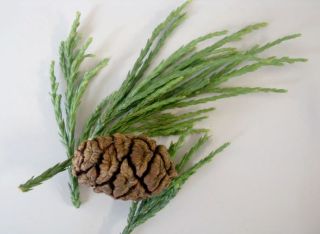
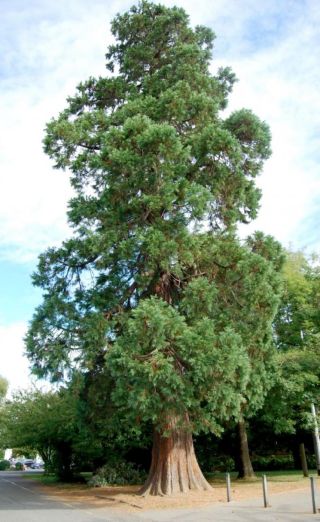
The Cherry Blossom
- It is the shortest tree in the Plásóg.
- It is a deciduous tree. This means that its leaves fall off in autumn.
- The leaves are a pointed-oval shape. They are smooth.
- The bark is brown and rough.
- The tree blossoms in summer.
- We could not find any seeds or fruit on the tree.
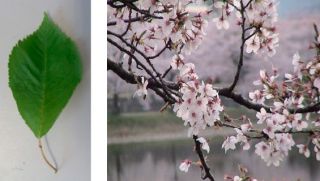

The Sycamore
- It is one of the taller trees in the Plásóg.
- Its seed is the helicopter. The wind can blow helicopters far away.
- It is a deciduous tree. That means the leaves fall off in autumn.
- The leaves are in three sections and they are smooth.
- The bark is light brown and rough
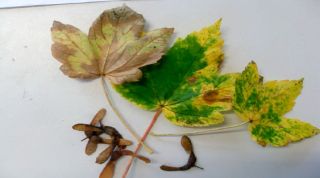
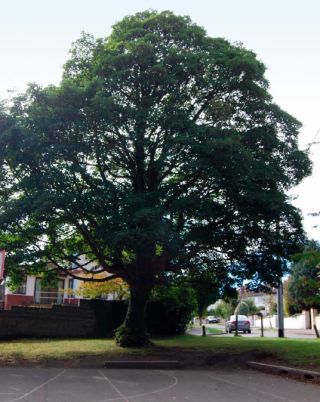
The Weeping Ash
- It is smaller than the Redwood.
- The leaves are made of a stem with 7/8 leaves coming out of it.
- The leaves are smooth.
- The seeds look like helicopters cut in half.
- The bark is light brown and rough.
- It is deciduous. This means the leaves fall off in autumn.
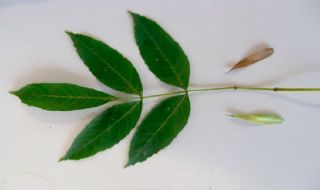
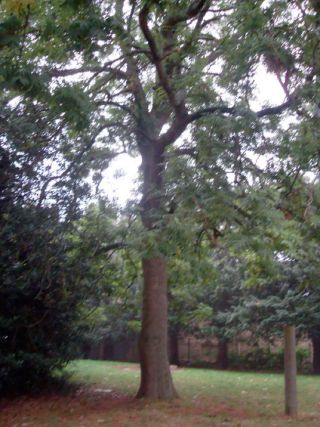
The Oak
- It is slightly taller than the Holly tree.
- The leaves are small, waxy and curvy.
- In autumn, acorns fall off the tree.
- The bark is jagged and has grooves.
- The bark is brown.
- It is deciduous. This means it loses its leaves in winter.
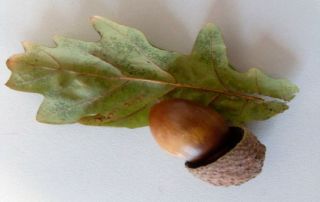
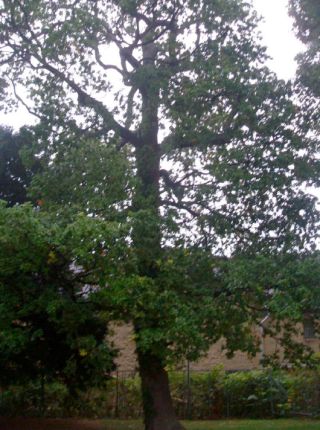
The Yew
- It is slightly smaller than the Oak tree.
- It is an evergreen tree. This means it doesn’t lose its leaves in the winter.
- The leaves are made of long stems with spiky bits coming out.
- Red berries grow on it but they are poisonous.
- The bark is rough and brown
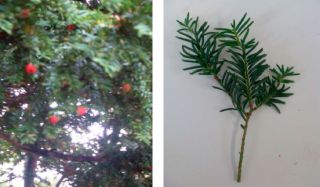
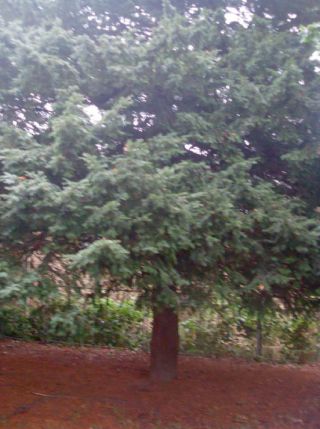
The Horse Chestnut
- It is a very tall tree.
- It is deciduous. It loses its leaves in autumn.
- The bark is brown and it has green moss growing on it.
- The bark is very rough.
- Its seed is called the conker and it is red-brown. It falls off the tree in autumn.
- Kids use conkers for games.
- The conker’s shell is very spiky and green.
- The leaves are very large and green.
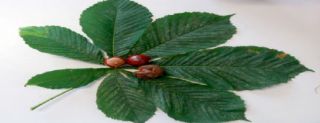
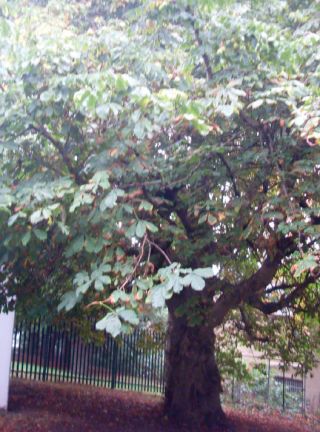
The Bay
- It is a medium sized tree in the Plásóg.
- The bark was almost black. It was rough with bumpy dots.
- The leaves were smooth, waxy and green. They are slightly jagged at the edges.
- It is an evergreen tree, which means that it doesn’t lose its leaves in the winter.
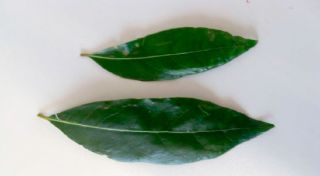
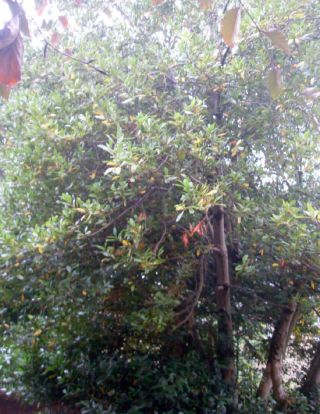
The Copper Beech
- It is about ¾ of the height of the sycamore tree in the plásóg.
- The leaf had an oval shape.
- It is a deciduous tree. This means it loses its leaves in winter.
- The leaves were smooth and waxy.
- We found fruit on the tree. There were bright red berries.
- The bark was rough and bumpy.
- The bark was a copper brown colour with white dots.
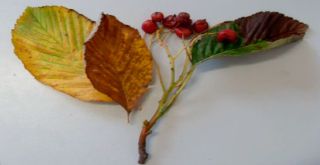
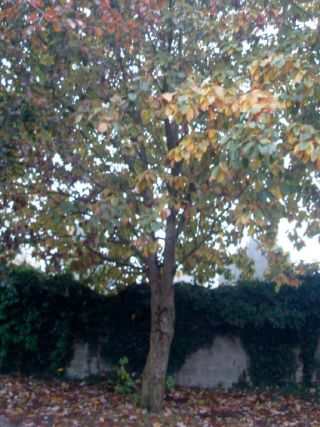
The Holly
- It is a dome-shaped tree and it sprouts like a mushroom.
- It is as tall as a Silver Birch tree.
- The leaves are waxy, shiny, spiky and dark green.
- The bark is a copper brown colour and has a slightly rough texture.
- It grows red berries that are poisonous.
- It is evergreen. It does not lose its leaves.
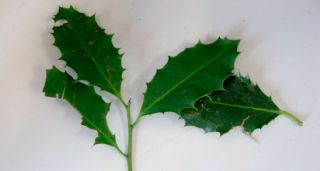
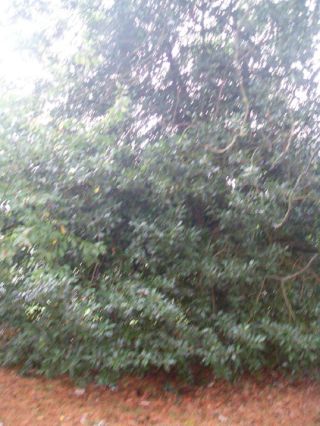
The Silver Birch
- It is a deciduous tree. This tree loses its leaves in autumn.
- It is one of the shorter trees in the plásóg.
- The bark is smooth and silvery white.
- The bark looks like lined paper. It has silver lines going across it.
- The leaf is very small and smooth. It looks like the point of a sycamore leaf.
- The branches droop down.
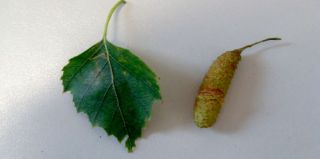

The Millennium Garden
All of the trees in the Millennium Garden are mentioned in the Bible. Some believe that the crown of thorns was made from the wood of the Acacia Tree. The Acacia tree has lots of thorns and it flowers in Autumn.
Oak Tree
By John and Sam
- More than 600 species of oak trees exist throughout the world.
- The oak tree is home to many different species of animals and insects.
- Oak trees reach the height of 70 feet tall and 9 feet wide and can live up to 300 years !
- The timber from the oak tree is used a lot in furniture making.
- Acorns grow on the oak tree.
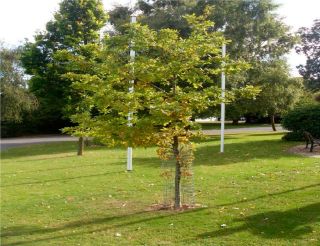
Cedar of Lebanon
By Jenni and Ava
- It has shelf like branches which make it very distinctive.
- It has dark green needles.
- The resin from the tree was used by ancient people for mummification.
- It is the national emblem of Lebanon and displayed on the flag.
- The fruit of the tree is a small brown cone.
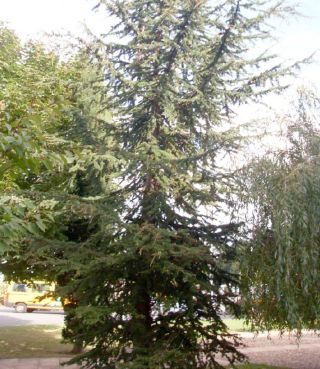
The Crab Apple Tree
By Jennifer and Ava
Another name for the crab apple tree is wild apple.
- It flowers in spring and is deciduous.
- It can grow up to 9 metres high.
- The small apples which grow on the tree are extremely sour.
- The leaves are glossy with small rounded triangular teeth.
- The leaves are often folded or crumpled.

The Sycamore Tree
By Lachlan and Cormac
- The sycamore tree is the second most common hedgerow tree, after the ash.
- It can live up to 150 years.
- The seedlings of the sycamore tree are called ‘helicopters’ because of the way they spin through the air.
- The flowers of the sycamore tree are an important source of nectar for bees.
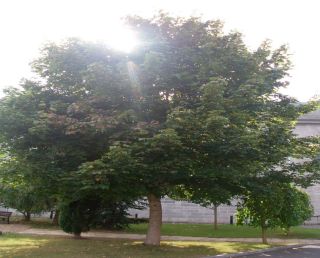
The Fir Tree
By Sean and Sean
- The fir tree is an evergreen tree.
- They belong to the pine family.
- Fir trees have needles instead of leaves.
- The cones are a cylinder to oval shape. The cones are brown and spiky.
- They are used as Christmas tree.
- The cones on the fir tree will only burst in intense heat.
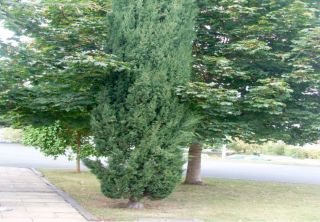
The Weeping Willow
By Ava Keenan and Anna Thompson
- The weeping willow is native to China.
- The branches droop down.
- This tree is deciduous – it is one of the first trees to bear leaves in the Spring and the last one to lose them in Autumn.
- It has long, silky white/green leaves.
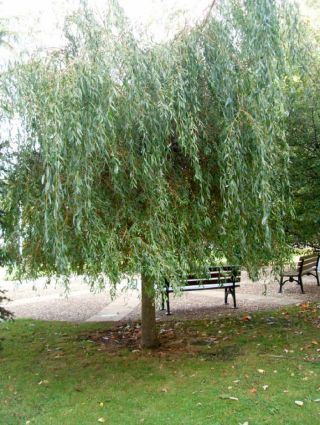
The Myrtle Tree
By Beatrice, Alison and Sarah
- The Myrtle tree is from Asia.
- The Myrtle tree is a very slow growing tree.
- It can take up to 15 years to grow to its full height.
- It grows up to 16.5 feet.
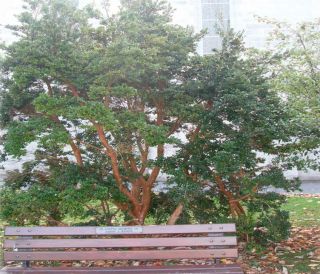
The Silver Birch
By Harvey & Tommy
- You can peel off the silvery bark easily.
- The springtime flowers are called catkins.
- It has very poor wood quality.
- It grows rapidly for the first 20 years and matures at 40 years.
- They like a sunny position.
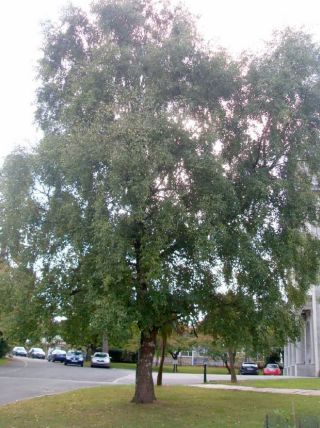
The Palm Tree
By Lucy & Cate
- There are more than two thousand types of palm trees in the world.
- Some live in rainforests, while others live in deserts.
- In Autumn they don’t lose their leaves.
- The palm tree is mentioned over 30 times in the Bible.
- Their leaves are known as fronds.
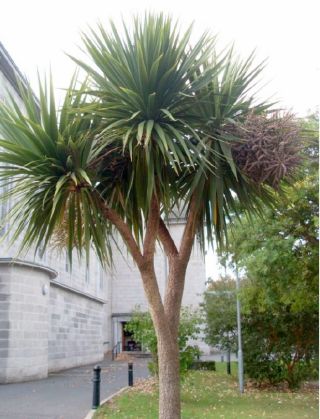
The Acacia Tree
By Jennifer and Kira
- It is sometimes called the thorn tree because of the thorns on its branches.
- The Acacia tree grows fruit that elephants eat.
- Most types of Acacia trees are deciduous and their leaves change colour in autumn. Acacia trees live for around 15 to 20 years.
- Acacia trees first grew in the desert and Noah’s Ark was made from acacia wood.
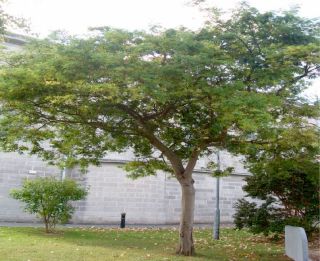
The Mulberry Bush
By Anna and Ava
- This tree is called The Mulberry Bush.
- It is a deciduous tree.
- Even though it is called a Mulberry “Bush” it is actually a tree.
- It has bright red berries.
- This tree is native to China.
